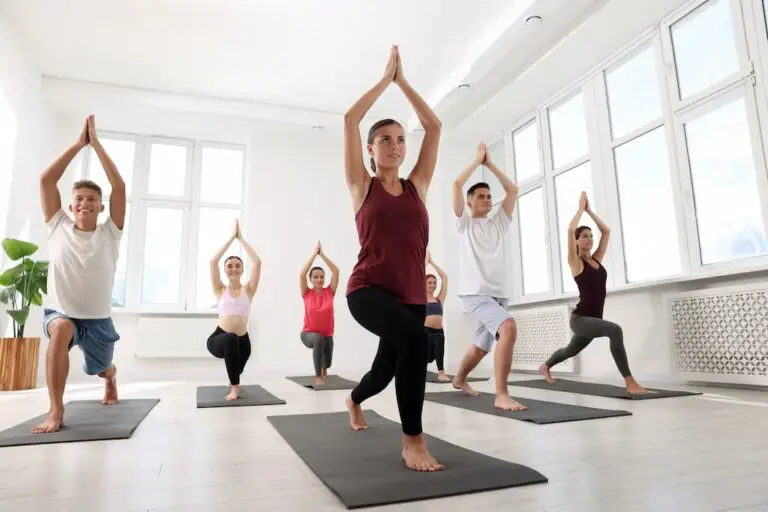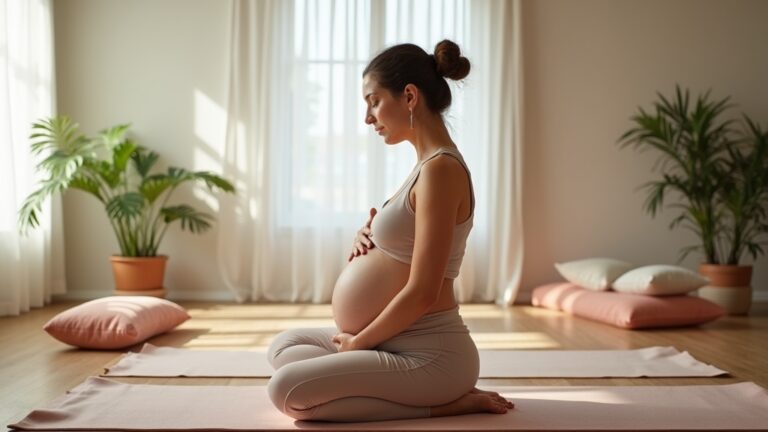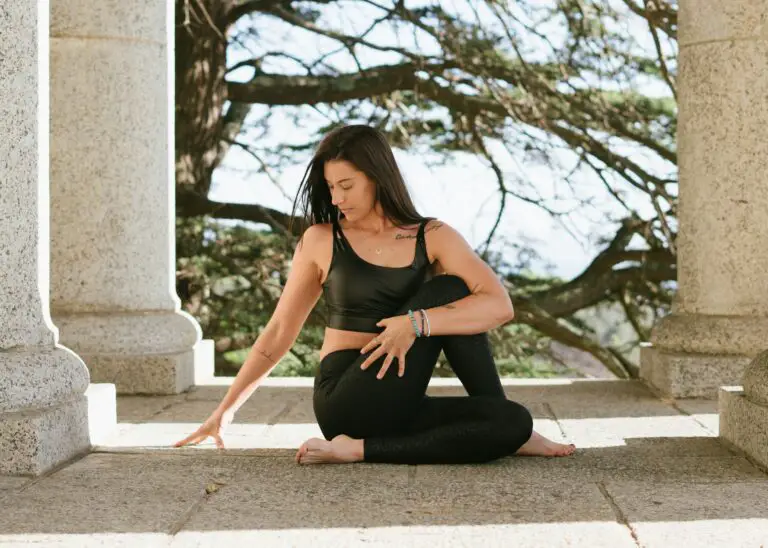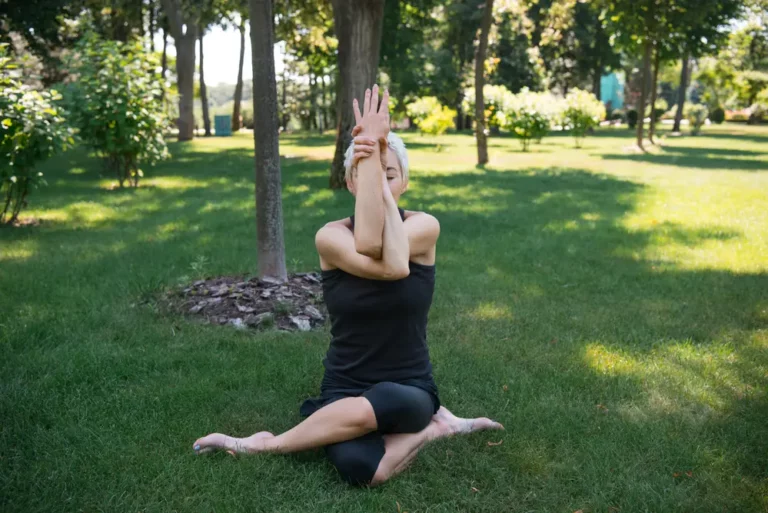Never Do Yoga In A Closed Room: Fact or Fiction?
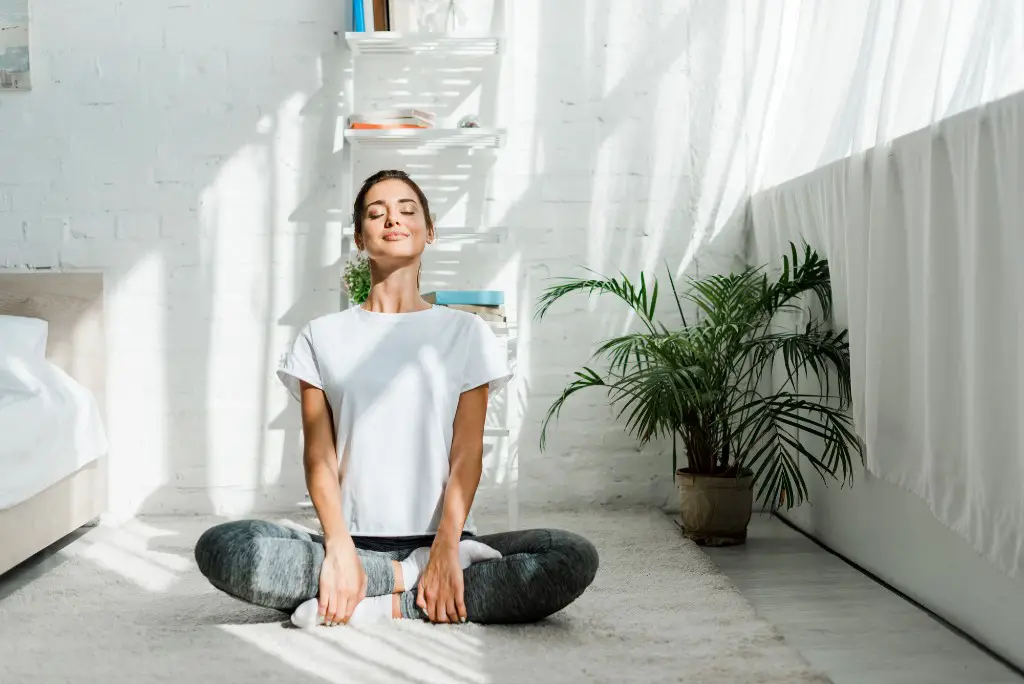
As someone who started doing yoga a few months ago, there are many do’s and don’ts to learning how to practice yoga safely and enhance your experience. There are arguments surrounding the ideal environment and air circulation of the space to practice yoga. So, is the rule of never doing yoga in a closed room fact or fiction?
You can do yoga in a closed room, but a space with proper ventilation is advised. Whether you do yoga in a ventilated studio or a room with open windows, having proper air circulation is guaranteed to give you a better experience than a stuffy room.
Much like other exercise areas, a ventilated space is essential when doing yoga. However, the reasoning behind this may not be as apparent as its necessity with extraneous exercise spaces. The environment you practice yoga in will have a significant say in whether or not it is an enjoyable and effective experience; thus, it is vital to ensure you have a suitable area.
Never Do Yoga In A Closed Room: Fact or Fiction?
Yoga is a holistic practice of refining the body, mind, and spirit in unison. Its ultimate goal is to achieve well-being and a sense of peace and bliss. Its physical and mental benefits have been proven to be vast and able to improve an individual’s overall health.
Breathing is undoubtedly the most crucial part of yoga. Your practice is led by breath as it allows you to settle into poses and maintains your energy. In yoga, the practice of focused breathing is called Pranayama, and it manifests as deep, heavy breathing. Doing any form of breathing exercise in a stuffy or cold room leads to discomfort and other issues which distract from your practice.
As yoga is centered around finding peace and balance, the space you practice must be balanced with the ideal environmental criteria to make your sessions effective.
Yoga In A Closed vs. Open Space
You may see a debate on which is better: doing yoga in a closed or open space? The answer may seem obvious, but yoga in both closed andopen spaces has numerous downsides.
Closed Spaces
Without adequate air circulation, the air in a room can quickly become hot and stuffy. This is particularly true when an individual or group is doing a form of physical exercise that requires or results in a lot of deep and heavy breathing – such as Pranayama. The warm air will make for an uncomfortable environment that distracts your focus.
Contrastingly, closed spaces can also be too cold.Lower temperatures often result in the stiffness of muscles and joints, especially around the neck and shoulders. Not only does this make yoga uncomfortable and difficult, but it increases your risk of injury. Moreover, doing deep breathing in cold air is uncomfortable and can lead to a sore throat and nasal passages, or even a cold.
Generally, Pranayama and other breathing exercises are always better in the fresh air – especially when compared to the reality of doing these breathing exercises in stuffy or cold rooms.
Many may rightfully speak against doing yoga in a closed room, instead of saying it should be practiced outdoors or in large open spaces; however, this may not be the best idea either.
Open Spaces
Doing yoga in a very open or outdoor space may seem like the better option – it has more of a ‘zen’ feel to it. Being in this type of area will expose you to natural elements, such as sun, rain, wind, insects, and several other complications.
These external factors will not only distract your focus from your session but could make it more difficult to settle and sustain poses and steady breathing. Yoga relies on the harmony of your body, mind, and spirit, which cannot be accomplished with a busy or harsh environment putting unnecessary stress on your mind and body.
Nevertheless, if you can find a space that is open and with fresh air that doesn’t pose a threat to your sessions or health, it would likely be the ideal environment to practice yoga in.
Creating The Perfect Environment For Yoga
In reality, yoga shouldn’t be done in a closed room or an open environment. Ideally, it should be practiced in a well-ventilated room that protects you from weather and other environmental nuisances. Now, it is understandable not everyone will have access to the perfect yoga studio, but there are ways to increase the quality of your space.
- Open Windows –Indoor air can often be more polluted than the air outside, so opening a few windows in order to get some fresh air circulating through your area is never a bad idea.
- Air Purifier –This is another excellent way to clear pollutants in the air. It won’t completely neutralize the air in your space, but it will drastically improve the quality.
- Dehumidifier –Working similarly to air purifiers, a dehumidifier will lessen the humidity of a room.
- Exhaust Fan –These appliances are good for clearing the air, removing moisture, and lowering the temperature of a room. Use these with a regular fan to circulate the air.
- Air Quality Monitors –Many household air quality monitors can help you keep an eye on the air quality in your yoga studio or space.
Of course, these are not all ways to ensure your space is safe for yoga. It is important to remember that ventilation and circulating air are essential when practicing yoga, and it is important you are not putting your health at risk.
Learn more!!! 8 Yoga Tips For Beginners this article will help you with your first steps in yoga
Conclusion
While yoga can be done in a closed room, it is not advised. The ideal environment for doing yoga is in a well-ventilated area where there is proper air circulation to avoid discomfort and issues with your breathing and health that will limit the effectiveness of your session.


